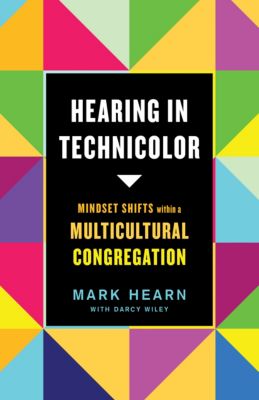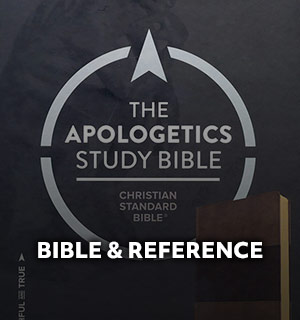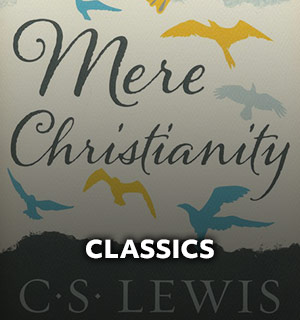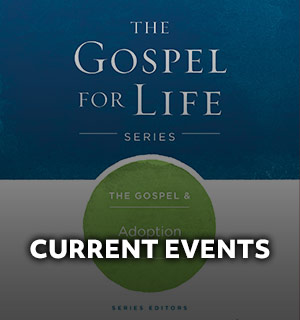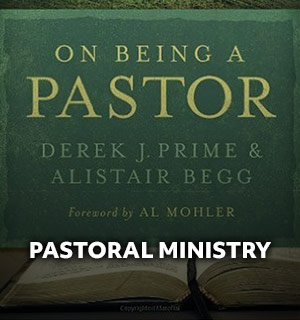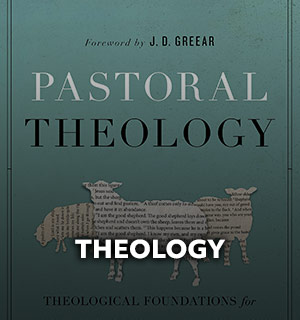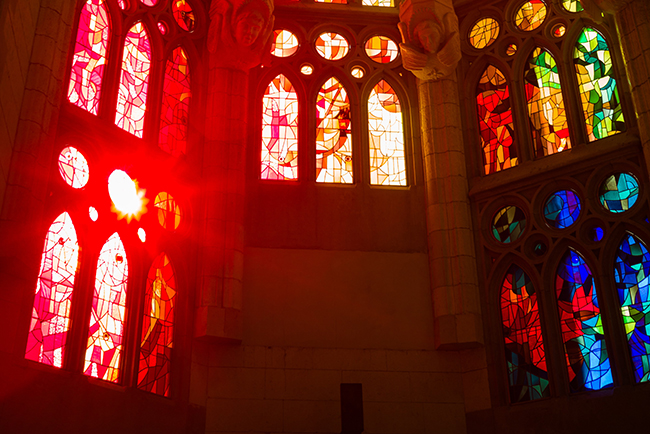
By Aaron Earls
In the past two decades, society and churches have endured significant challenges and gone through some sizeable changes. Obviously, COVID has brought about its own set of issues, but many developments began long before the pandemic.
In addition to differences in the average worship service, the general makeup of churches has undergone substantial shifts since the late 1990s, according to the National Congregational Study (NCS).
These six changes have been felt across the country in communities and congregations.
More diverse
Churches are more ethnically diverse than they were in 1998, as those who are at least 80% white has declined from 71.2% to 53.4% in 2018.
Twenty years ago, only 33% of churches had any Hispanic attendees. Now, a majority (51%) say at least one Hispanic person is involved with their congregation, according to the National Congregational Study. Click To TweetTwenty years ago, only 33% of churches had any Hispanic attendees. Now, a majority (51%) say at least one Hispanic person is involved with their congregation. Similarly, in 1998, 17.9% of churches said they had someone in their church who had immigrated to the U.S. in the past five years. That has increased to 27.7%. The percentage of churches with an Asian or Pacific Islander member has also grown, climbing from 17.9% to 27.7%.
A 2017 Lifeway Research study found 80% of U.S. Protestant pastors say every church should strive to achieve racial diversity. Still, 81% say their congregation is predominantly made up of one racial or ethnic group. That is down, however, from 86% who said that was the case in 2013.
This increased congregational diversity is a better reflection of the community diversity surrounding church buildings, according to the NCS. In 1998, a quarter of churches (25.4%) said their neighborhood was at least 5% Hispanic. Today, that has increased to 59.6%.
More educated
The percentage of churchgoers who have at least a college degree has almost doubled in the past two decades—15.4% to 30.4%. The jump brings the church closer in line educationally with the rest of the country.
According to U.S. Census data, the percentage of American adults with a college degree is 32.1%. Close to 10 years ago, it was 27.5%. At that time, the percentage in churches was 20%, according to the NCS.
This may not mean, however, that churches are doing a better job of reaching those with increased formal education. It may indicate that churches are increasingly struggling to connect with those who do not attend college.
According to the General Social Survey, those with less formal education are among the most likely to avoid church. Those with only a high school diploma (34%) or less (29%) are more likely to never attend church than those who at least attended college (24%).
Less politically conservative
According to the NCS, pastors are now less likely to describe their church as politically conservative. In 1998, 62% of churches were “more on the conservative side” politically, with 30.6% saying they were “right in the middle” and 7.4% “more on the liberal side.” In the latest survey, politically conservative churches slid to 45.8%, while politically moderate churches increased to 39.1% and politically liberal churches doubled to 15.1%.
Compared to 20 years ago, pastors are less likely to describe their church as politically conservative but just as likely to say they are theologically conservative, according to the National Congregational Study. Click To TweetThe political shifts have not been accompanied by theological ones. Churches are just as likely to say they are theologically conservative today (54.1%) as they were 20 years ago. Also, pastors are more likely to consider the Bible to be inerrant now (82.3%) than 1998 (76.2%).
More urban, less rural
After decades of emphasis on planting churches in cities, a majority of U.S. churches are in urban areas—up from 41.8% in 1998 to 59.8% today. Correspondingly, a smaller percentage of churches are in rural areas—down from 43.4% to 24.7%.
After decades of emphasis on planting churches in cities, a majority of U.S. churches are in urban areas—up from 41.8% in 1998 to 59.8% today, according to the National Congregational Study. Click To TweetChurchgoers are even more concentrated in cities. More than 3 in 4 U.S. churchgoers (76.9%) say their church is an urban area, compared to 13.1% who say it is in a rural area.
More open to alcohol
Fewer churches say they have membership or leadership restrictions on people who drink alcohol in moderation. In the early 2000s, 71.7% of churches said such people could hold full-fledged membership in the congregation. That’s climbed to 84.7%. Those who say moderate alcohol drinkers can hold any volunteer leadership position open to other members has also increased from 52.6% to 64.5%.
41% of U.S. Protestant churchgoers say they drink alcohol, essentially unchanged from the 39% who said so in 2007, according to Lifeway Research. Click To TweetIn a 2017 Lifeway Research survey, 41% of U.S. Protestant churchgoers said they drank alcohol, essentially unchanged from the 39% in 2007. In that same period, however, fewer churchgoers say they believe Scripture indicates people should never drink alcohol (23% down from 29%). In 2017, 55% of churchgoers said the Bible taught all beverages, including alcohol, can be consumed without sin, while 87% said the Bible says people should never get drunk.
More tech savvy
As technology has grown more ubiquitous in culture, most churches have followed suit—adding websites and social media. In 1998, 17.1% of churches had a website. Now, that’s 71.6%. In 2012, 25.5% of churches had a Facebook page, which has climbed to 72.5% now.
According to a 2017 Lifeway Research study, U.S. Protestant churches are even more likely to have their own website (84%) and Facebook page (84%). In 2010, Lifeway Research found less than half (47%) had a Facebook page.



